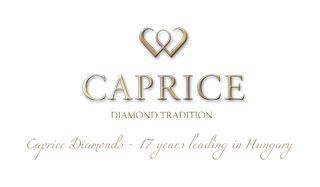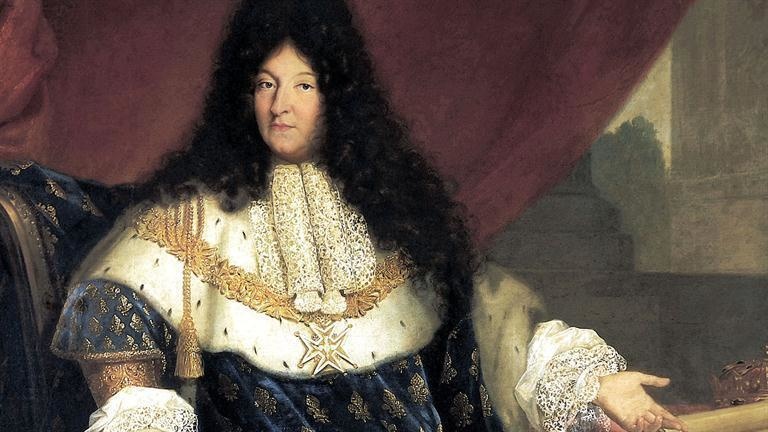


Unbreakable passion
The ruler not only enjoyed gardens and courtyard dancing, but also had a crazy passion for diamonds, thanks for the 18 exceptional gemstones donated by Cardinal Mazarin. At the same time, they helped him to strengthen his power and reign. He was so fond of diamonds that he decorated everything with them: his clothes, buttons, hats, swords, ankle boots and buttonholes. One time, to impress the Turkish Ambassador, he even made his tailor fabricating a suit for himself that was entirely decorated with white diamonds.

The first gem dealer
His passion was continually nourished by Jean-Baptiste Tavernier. As the predecessor of the precious stones traders, Tavernier made six journeys between 1631 and 1668, during which he travelled 240,000 kms. He went to Turkey and Persia, visited India and was also the first European to reach the famous diamond mine in Golconda Valley. He returned with exceptional stones, including the famous 115 carat diamond "Hope" (or "Bleu de France"), whose incredible history can be found here: famous diamonds.


Progress in gemstone grinding
In 1550, there were about 300 excellent goldsmiths in Paris, while the best stone polishers were in the Netherlands. The Louis XIV tried, above all, to emphasize the flourishing of diamonds, so French gemstone polishers had to further develop their expertise. Over the years, their technique has been developed to the maximum, multiplying the number of facets on the diamonds, thus increasing the glamor and glitter, creating the basis for the most popular brilliant cut. Pierre Le Tessier de Montarsy, Sylvestre Bosc and Pierre Blain were the most famous craftsmen of the era who devoted their lives to the passion of the Sun King. By the second half of the century, Paris had become the capital of luxury jewellery.

His spectacular enthusiasm for diamonds has so much touched the aristocracy that he turned Versailles into a sparkling theatre. Diamonds decorated the front of the ladies' corset, coats and brocade coats on shawls.

Crown jewels
During the reign of XIV. Lajos greatly enriched his collection, and jewellery was the property of the state.

The Sun King was the richest in the West: in 1691, 5.885 diamonds, 1500 pieces of other gemstones and 500 pearls were reported. Cardinal Mazarin inherited 18 diamonds (including the 55.23 ct. "Sancy") and the coloured diamonds, for which the king was hopelessly enthusiastic.

The symbol of the "Bleu de France" (or "Hope") was the symbol of his reign (was presented at Smithsonian Institute).

The 20,53 ct. "Hortensia" from India is named after the Queen of Holland, Hortense de Beauharnais. In 1887, when French crown jewellery was sold, Hortensia was removed from the crown thanks to its historical and material value. In 1792, during the French Revolution, some of the coronation jewels were stolen, including Hortensia diamonds, which turned up one year later in 1793.

© Copyright 2001 - 2025


